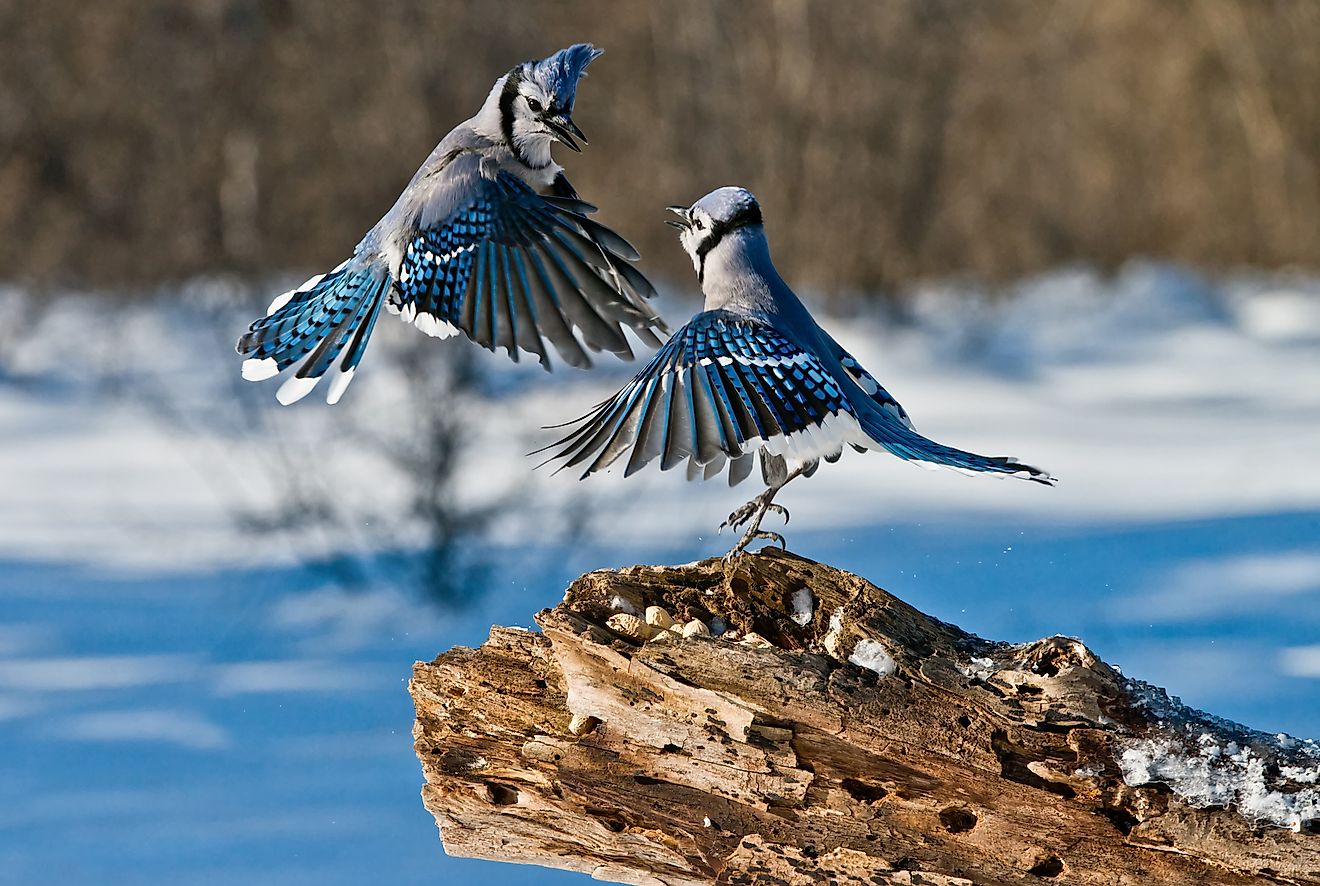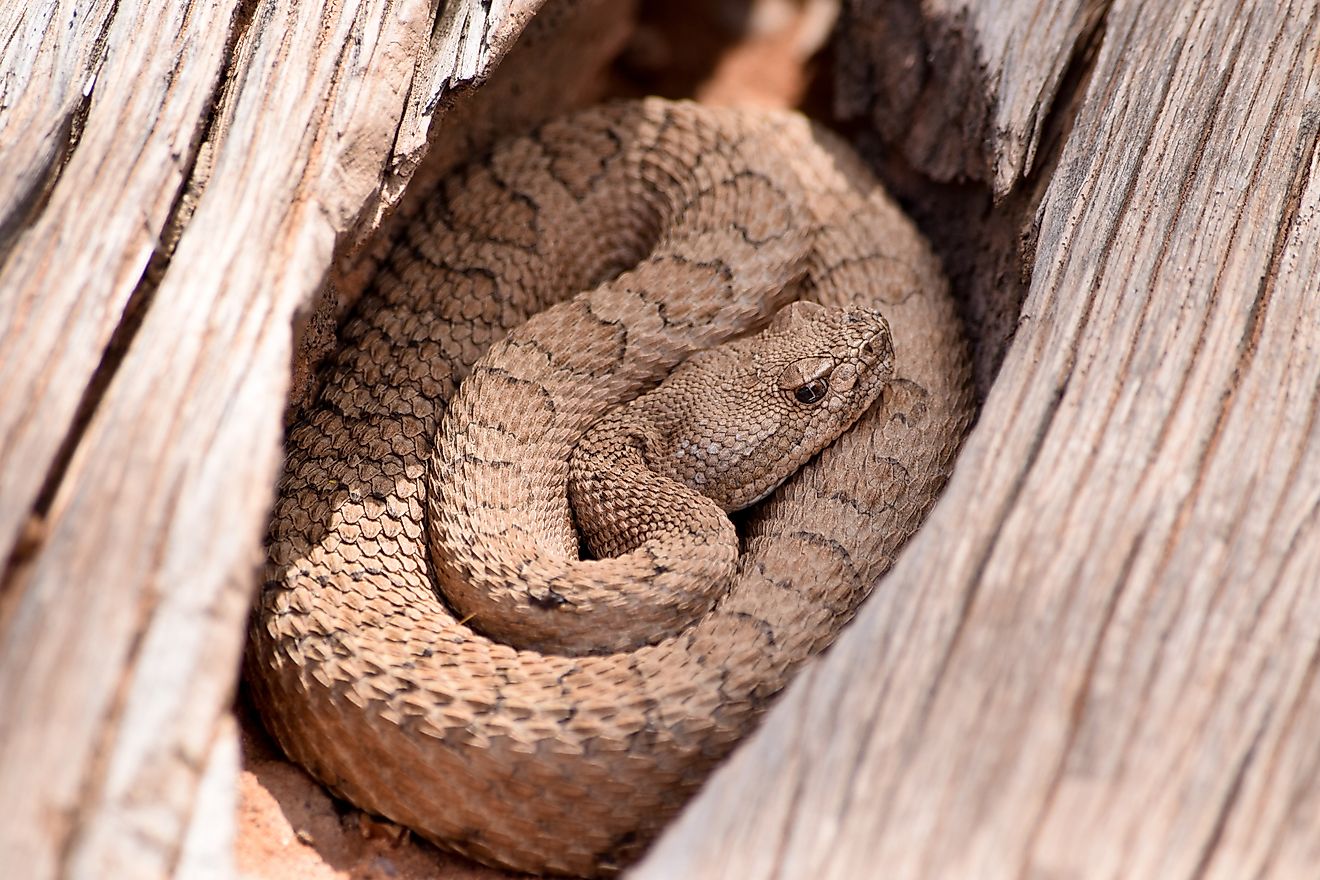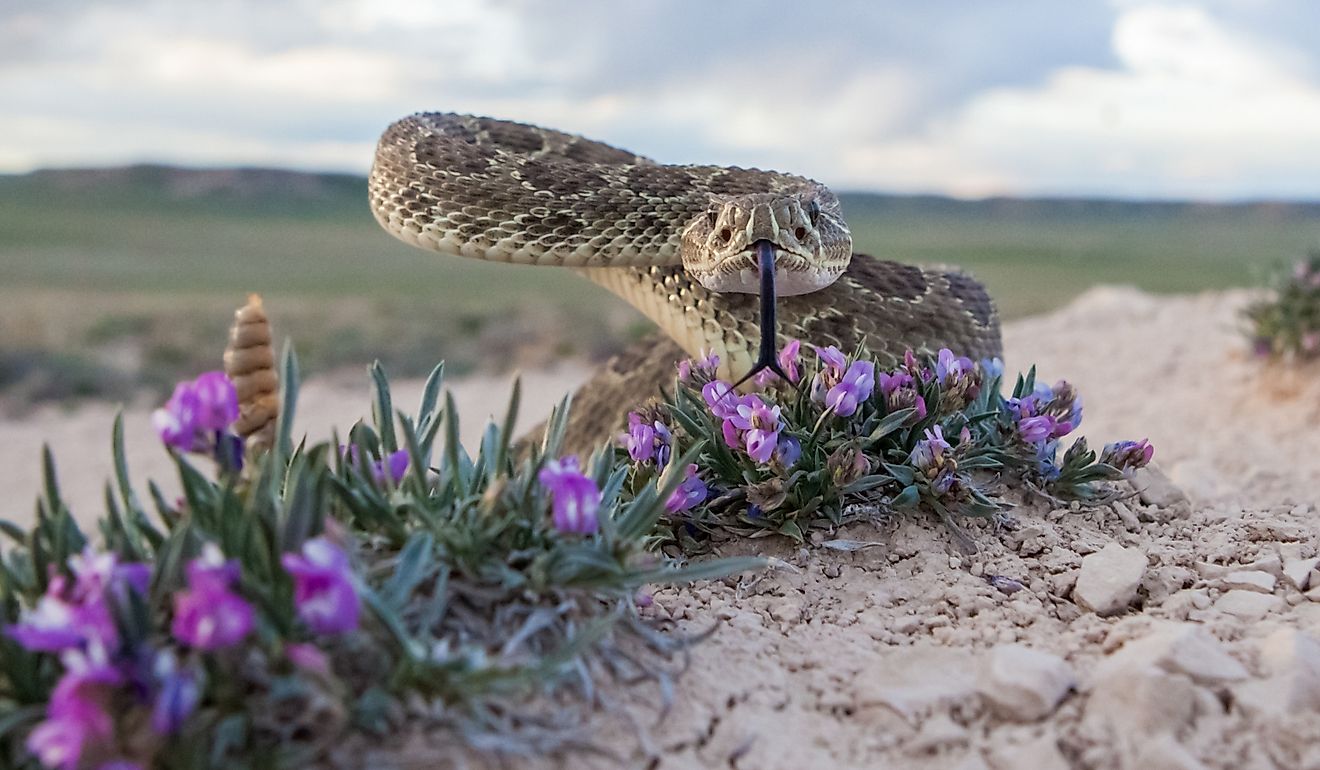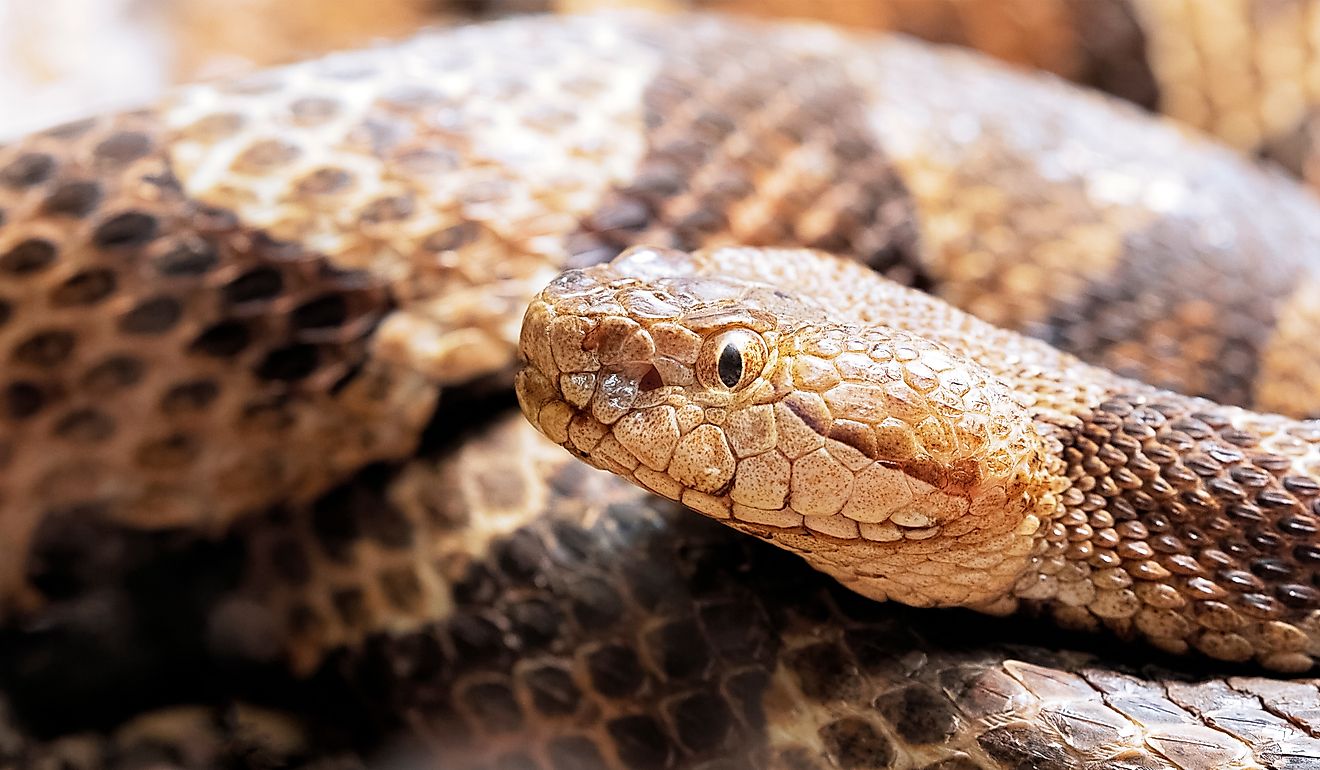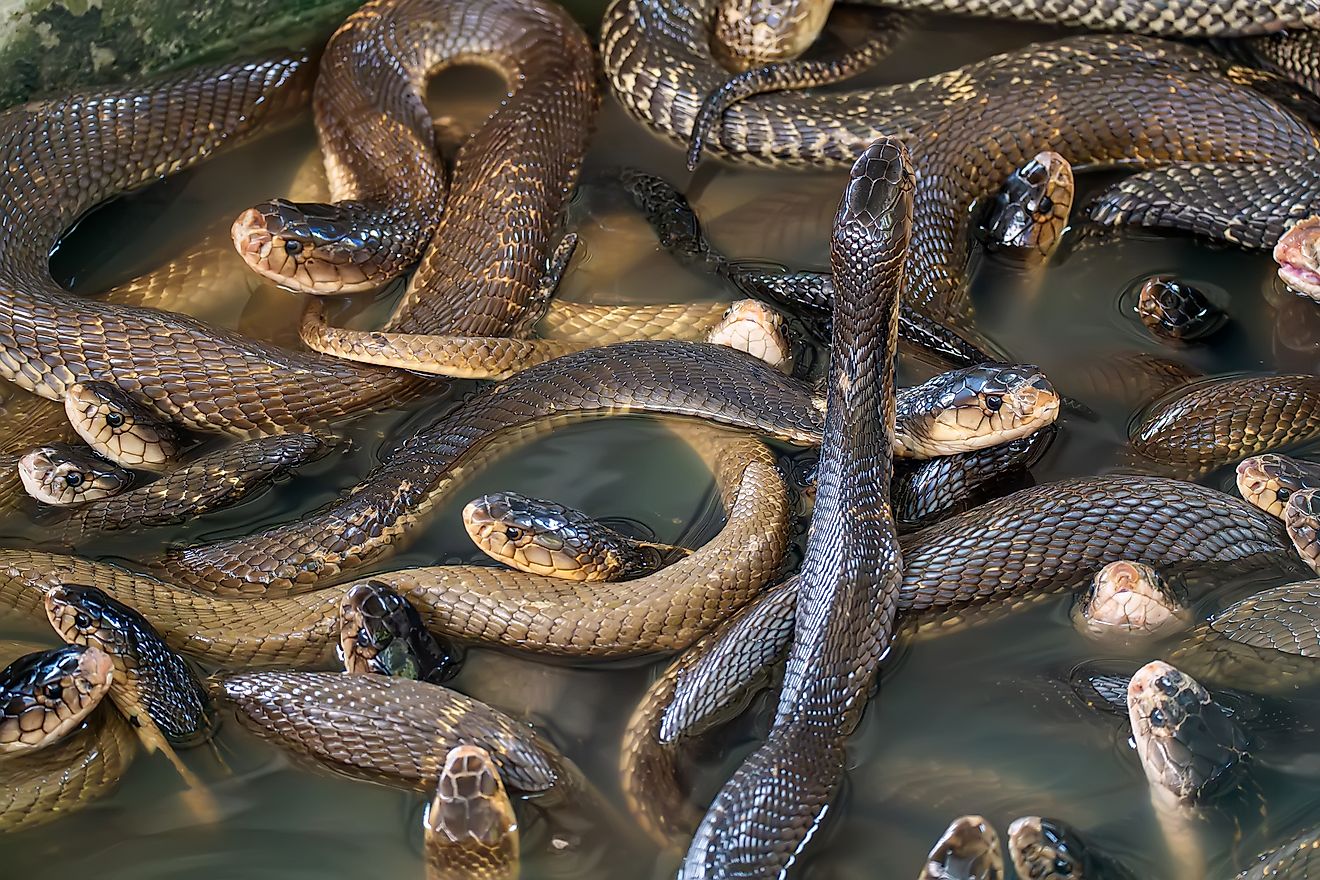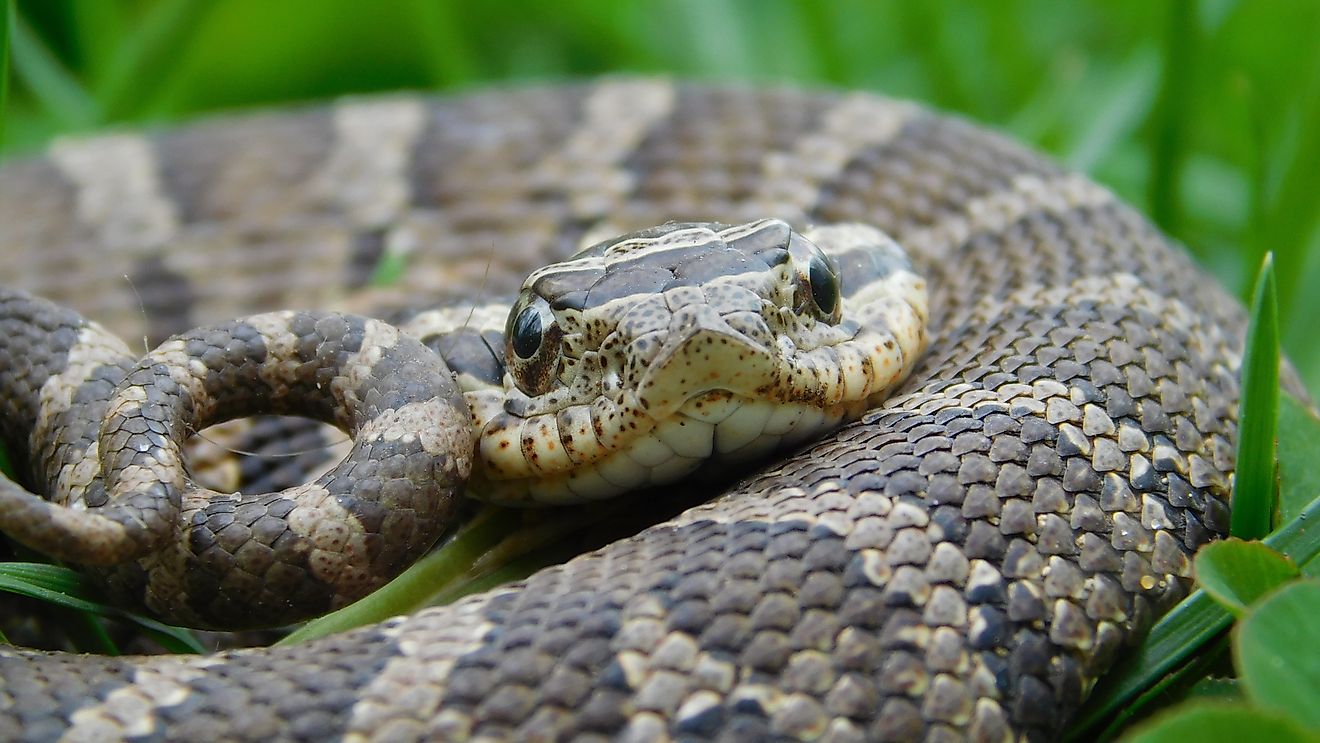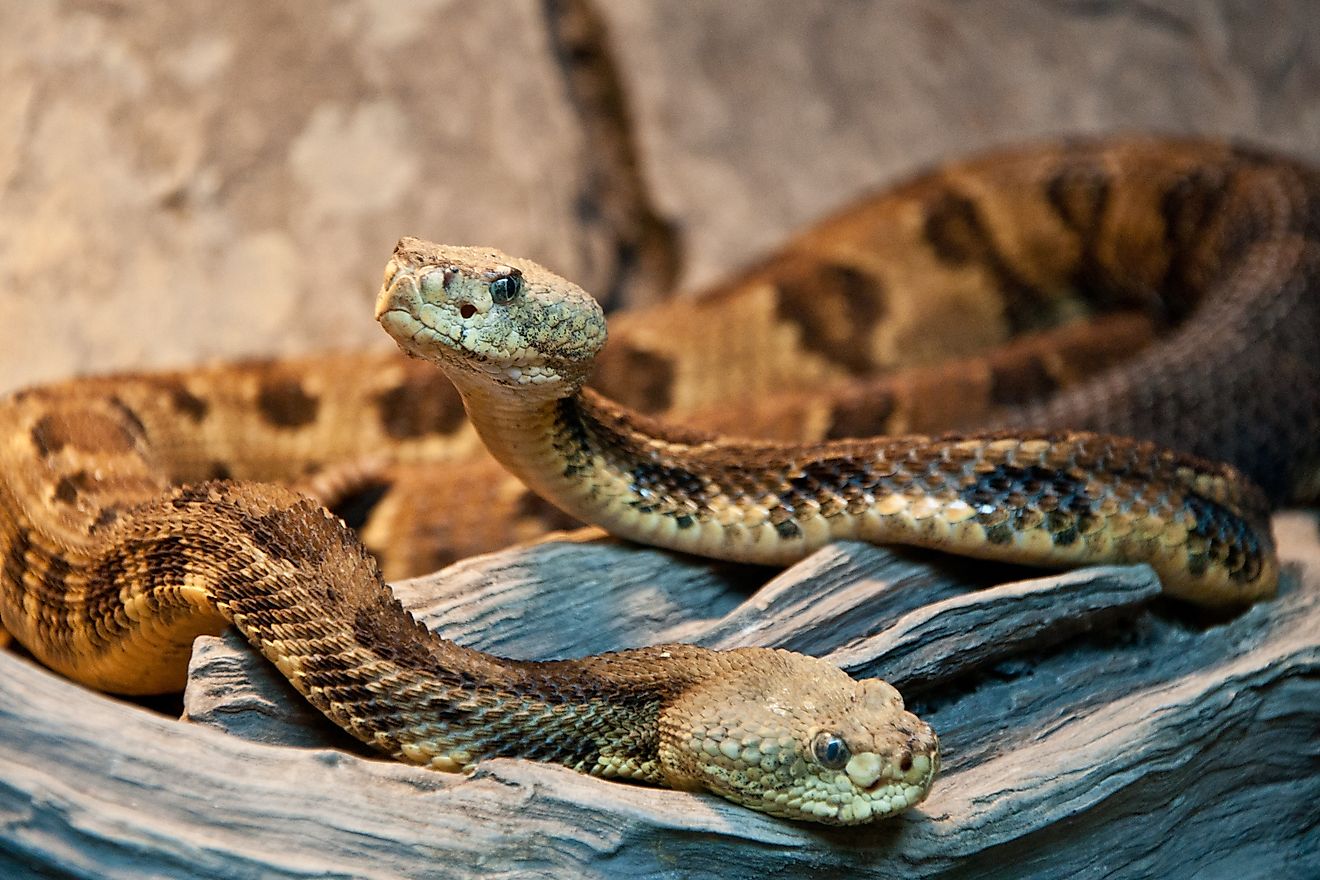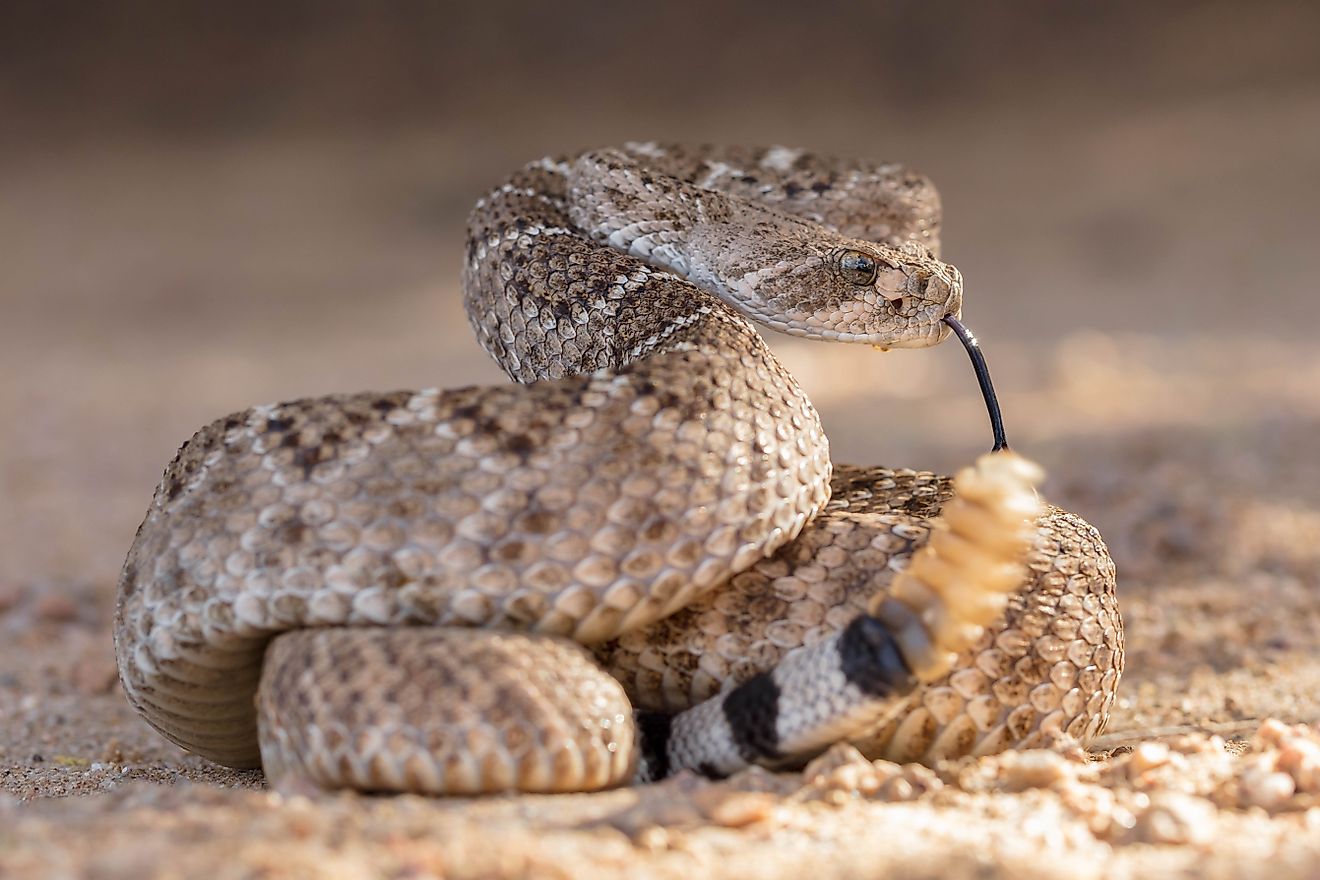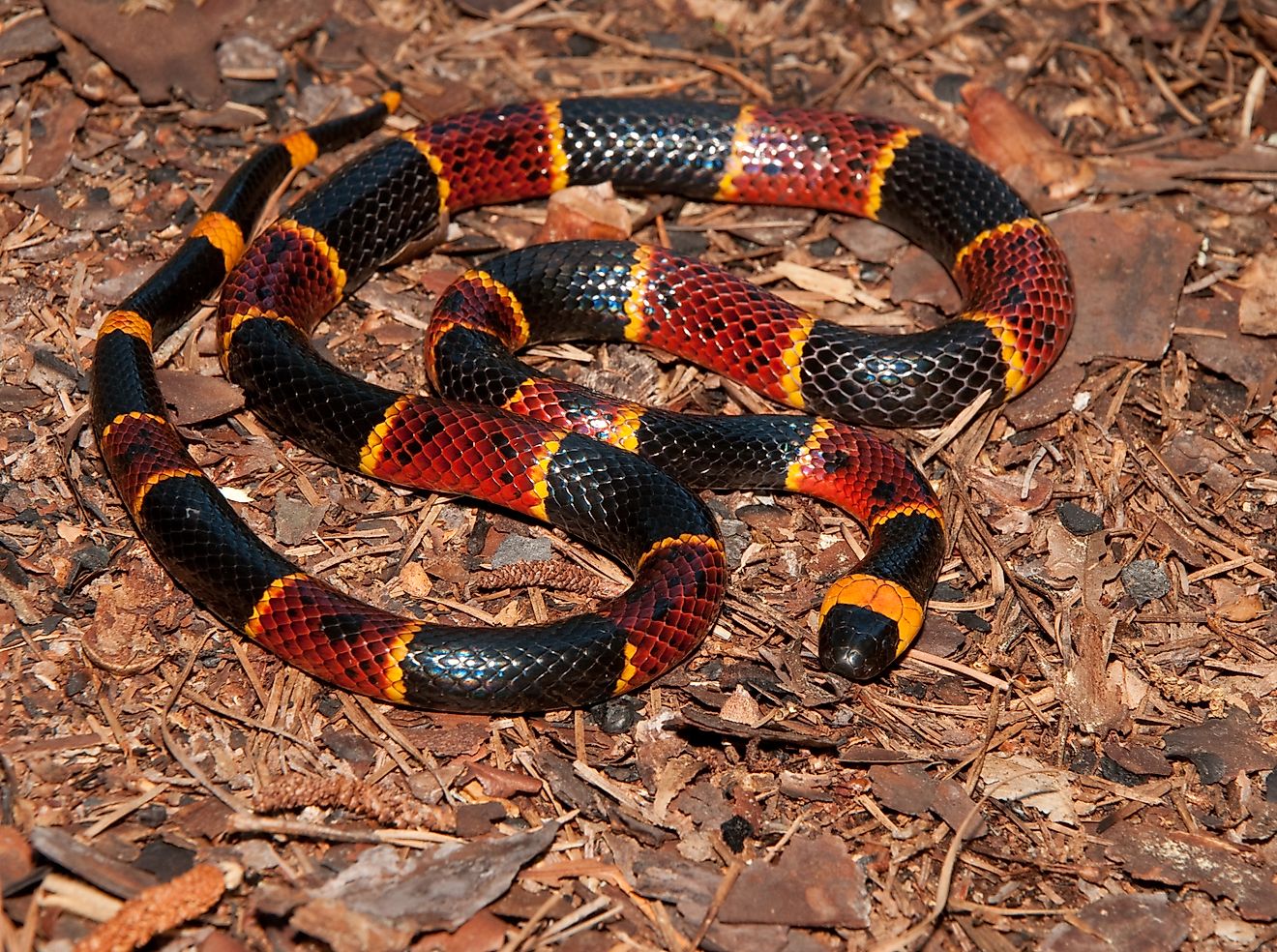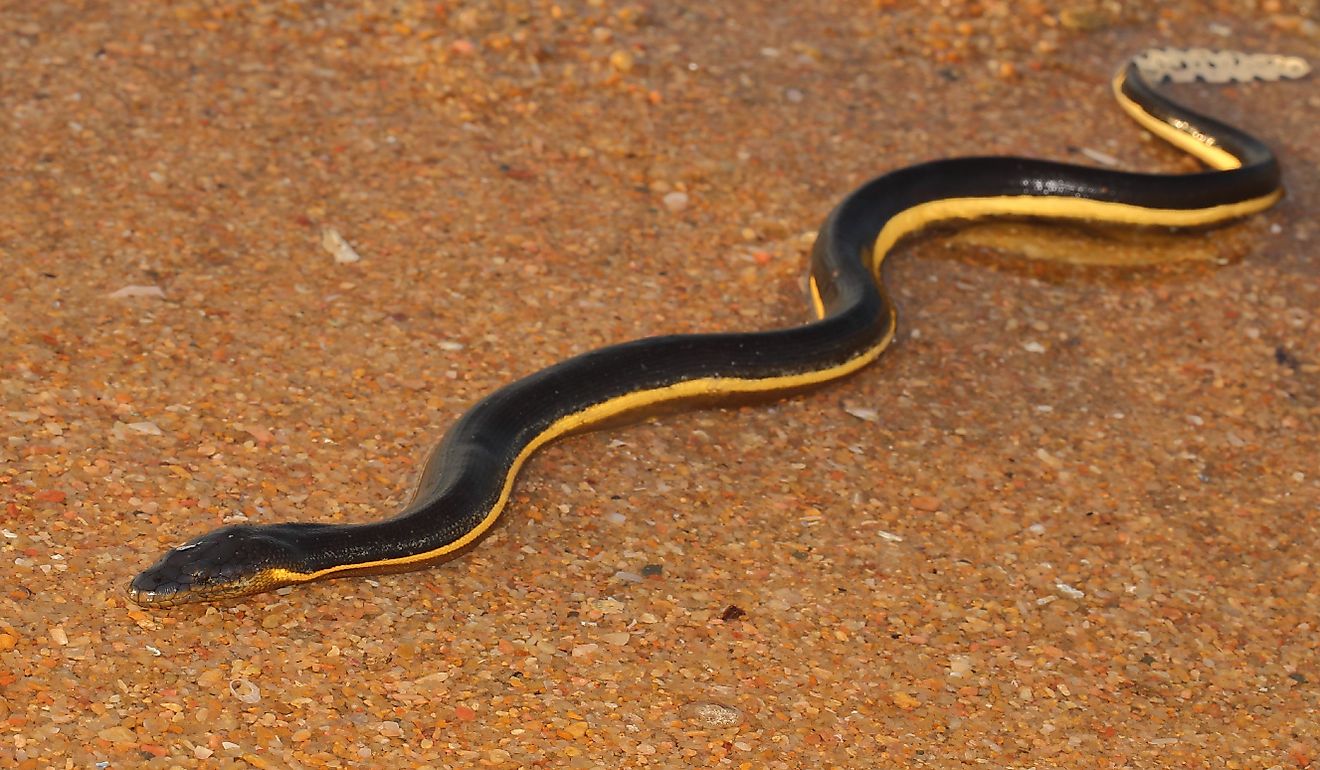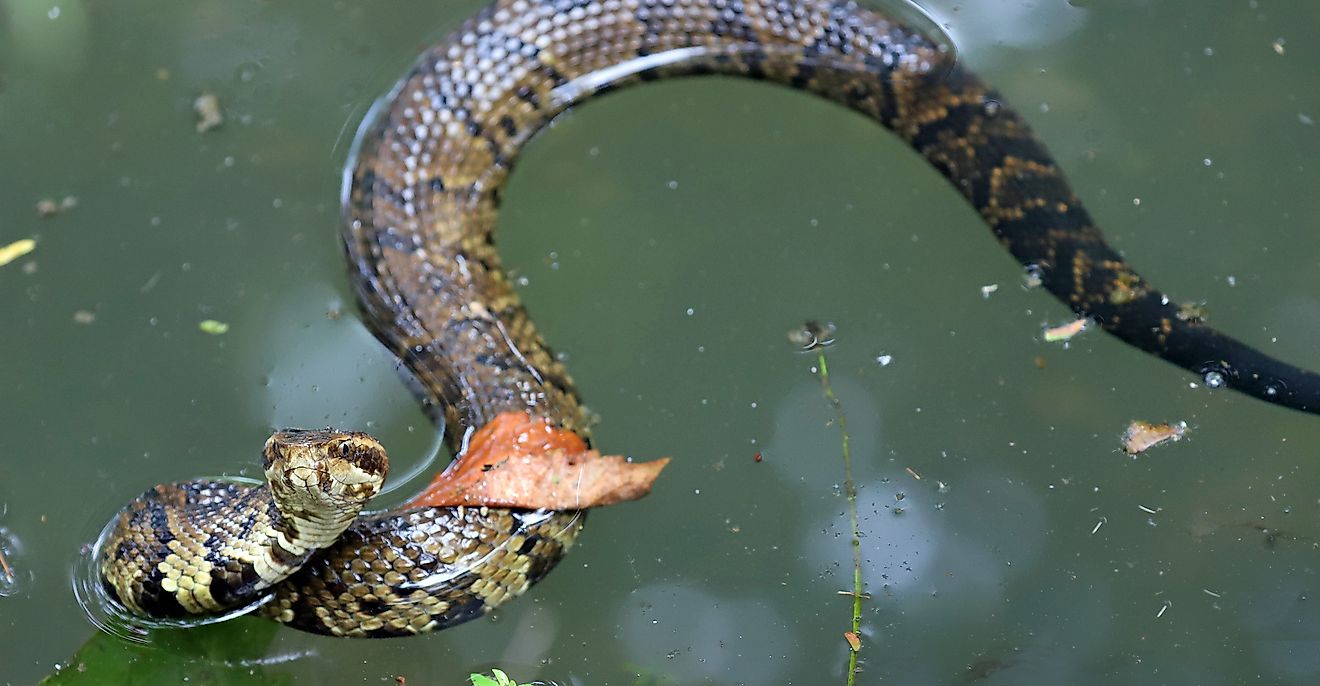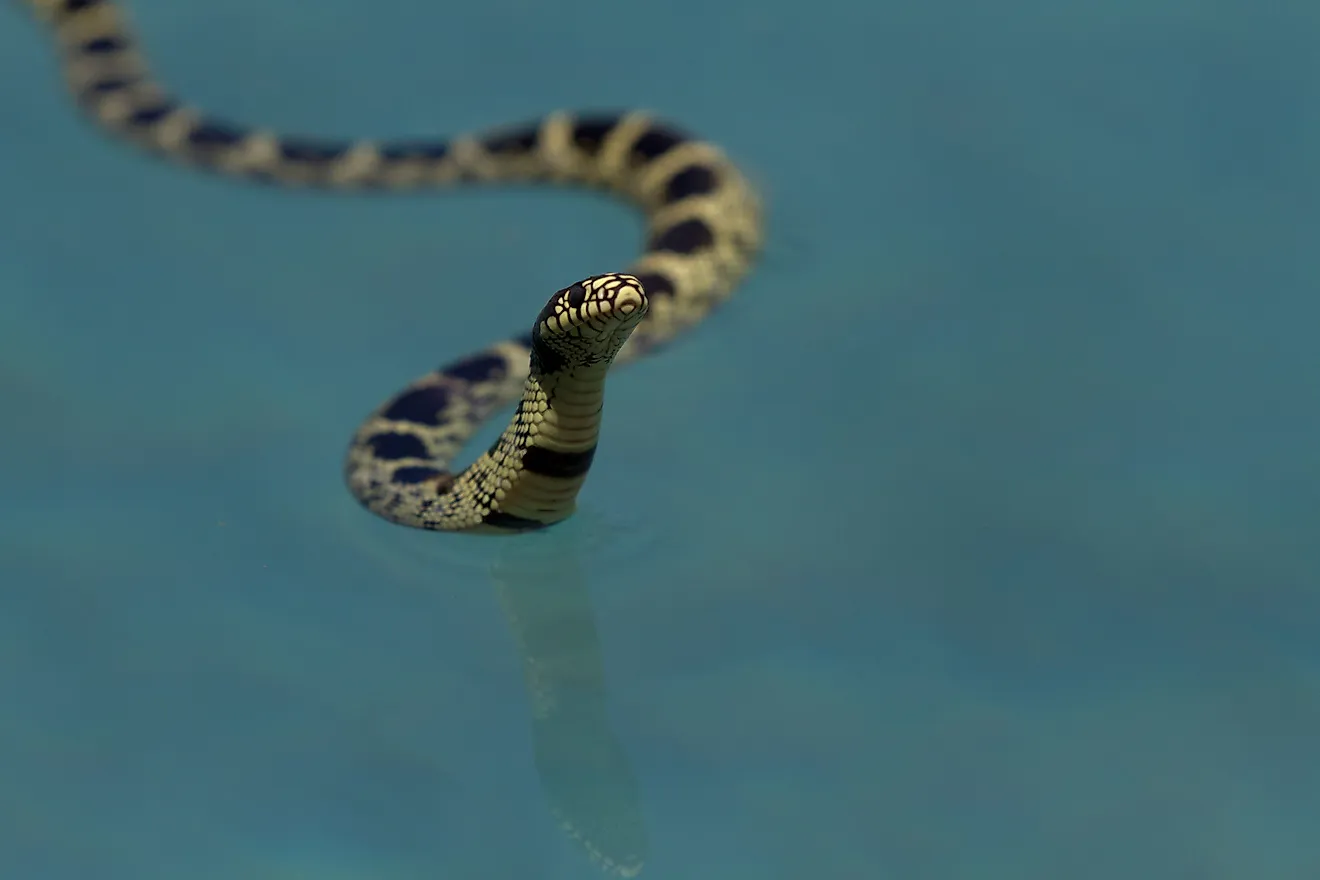
Crested Serpent Eagle - Birds Of Asia
The crested serpent eagle is a common but majestic sight to behold in the jungles of Asia. This massive raptor's impressive appearance accounts for its presence in the most coveted photo albums of renowned wildlife photographers. But its beauty is not just limited to its physical features - it is skin-deep. Nature has designed it to be a skilled and effective predator, with snakes being its favorite food. In the ecosystem, this raptor plays a major role in keeping its prey species' populations in check, making it an invaluable gem in the wild habitats where it occurs.

The distribution of the crested serpent eagle or Spilornis cheela is quite widespread. It is found throughout the Indian subcontinent, Southeast Asia, and parts of East Asia. Forest edges are its favorite place, but it can adapt to a wide variety of habitats ranging from dry and wet forests to savannas, mangroves, plantations, and more.

Wherever the bird is found, it never fails to capture the gaze. It is truly a marvel of nature with its large size (ranging from 55 to 76 cm in length), distinctive black crest with white flecks adorning the head and neck, striking yellow eyes, and fluffy brown breast and belly feathers with white mottling!

The crested serpent eagle, a non-migratory species, remains active during the day, often witnessed soaring the sky over its territory, alone or in pairs. At other times, it can be observed perched on a tree branch surveying its territory with its nature-gifted powerful eyesight. It communicates with others of its kind using vocal cues and aerial displays. It usually breeds in the dry season in monogamous pairs, builds nests in tall trees near water sources, and usually raises a single chick at a time.

While the crest is responsible for a part of the species' name, the word 'serpent' in its name comes from its food habits. A variety of snakes serve to satisfy the appetite of this apex predator. Other animals like small mammals, birds, lizards, frogs, scorpions, etc., also make their way to this bird's prey list on many occasions.

Given its food habits, the crested serpent eagle is a good indicator of ecosystem health. Its presence in significant numbers means that its prey species are still thriving. It also helps keep the population of snakes and other prey species within limits, allowing the ecosystem to function effectively, which, in turn, is highly advantageous to human populations as well.

A bird that cannot be ignored but can only be admired, the crested serpent eagle continues to thrive in a world challenged by extreme threats to wildlife. Its highly resilient nature makes it a 'Least Concern' species on the IUCN Red List. However, only time will tell whether this gorgeous icon of Asian forests will live on or succumb to the ever-growing pressures of the human world.
